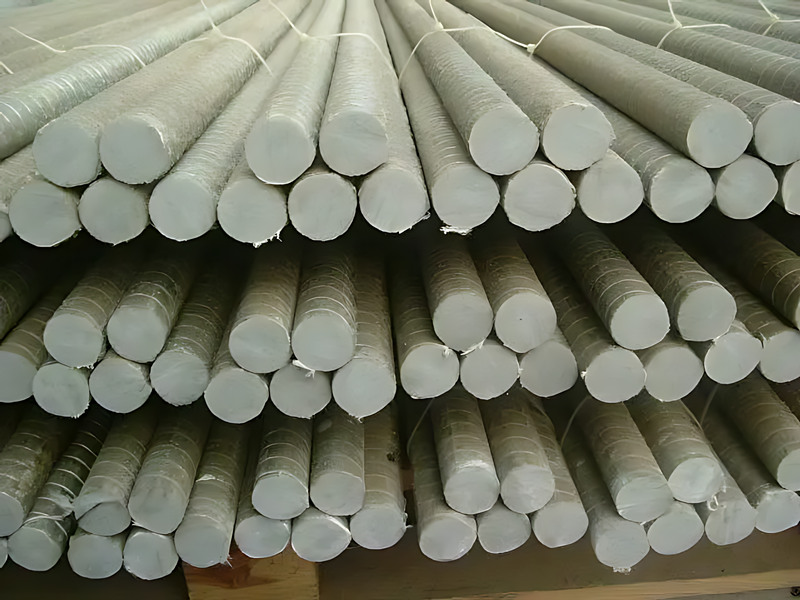Revolution in Construction: The Rise of FRP Rebar
2024-07-22
Concrete, a cornerstone of construction, is often reinforced with steel rebar to combat its brittleness and limited tensile strength. However, steel rebar is prone to corrosion, leading to costly maintenance and potential structural failures. Enter fiber-reinforced polymer (FRP) rebar, a non-corrosive alternative ideal for long-term use in challenging environments like bridges, seawalls, and wastewater plants. FRP rebar offers higher tensile strength (1.5 to 2 times that of steel), better fatigue resistance, and is significantly lighter, easing transportation and installation.
Benefits of FRP Rebar
FRP rebar provides several advantages over traditional steel rebar:
Non-Corrosive: Ideal for use in environments exposed to water, chemicals, and salts.
High Tensile Strength: 1.5 to 2 times stronger than steel.
Lightweight: Easier to transport and install, reducing construction time and labor costs.
Durability: Excellent fatigue resistance, making it suitable for cyclic loading situations.
Development and Adoption
Initially developed in Japan in the 1980s, FRP rebar gained traction after the American Concrete Institute (ACI) published specifications in 1999. Despite its benefits, adoption was slow until standards and real-world applications proved its value. Notably, HollowRebar from Oregon State University, featuring a hollow center for additional functionalities like wiring or fluid circulation, shows promise in extending FRP’s advantages.
Innovations in FRP Rebar: Thermoplastic Rebar
Thermoplastic rebar, a recent innovation, combines continuous and discontinuous fiber reinforcements, offering recyclability, impact resistance, and on-site flexibility. Companies like Plasticomp are developing these technologies to compete with traditional and epoxy-coated steel rebar.
Recyclability: Thermoplastic rebar can be recycled at the end of its lifecycle.
Impact Resistance: Better resistance to impact and microcracking compared to thermoset composites.
On-Site Flexibility: Can be reheated and shaped on-site, reducing the need for custom shapes.
Lifecycle Cost-Effectiveness
While FRP rebar's initial costs are higher, its lifecycle cost-effectiveness makes it a strong candidate for reducing long-term maintenance and replacement expenses. Increased awareness and acceptance, supported by comprehensive lifecycle cost data, are crucial for FRP rebar to gain broader adoption in civil engineering projects.
Conclusion
As the construction industry continues to evolve, FRP rebar presents a promising alternative to traditional steel rebar. Its numerous benefits, including corrosion resistance, high tensile strength, and lightweight properties, make it ideal for various applications. With ongoing innovations and increasing awareness of its lifecycle cost-effectiveness, FRP rebar is poised to revolutionize the future of reinforced concrete structures.





